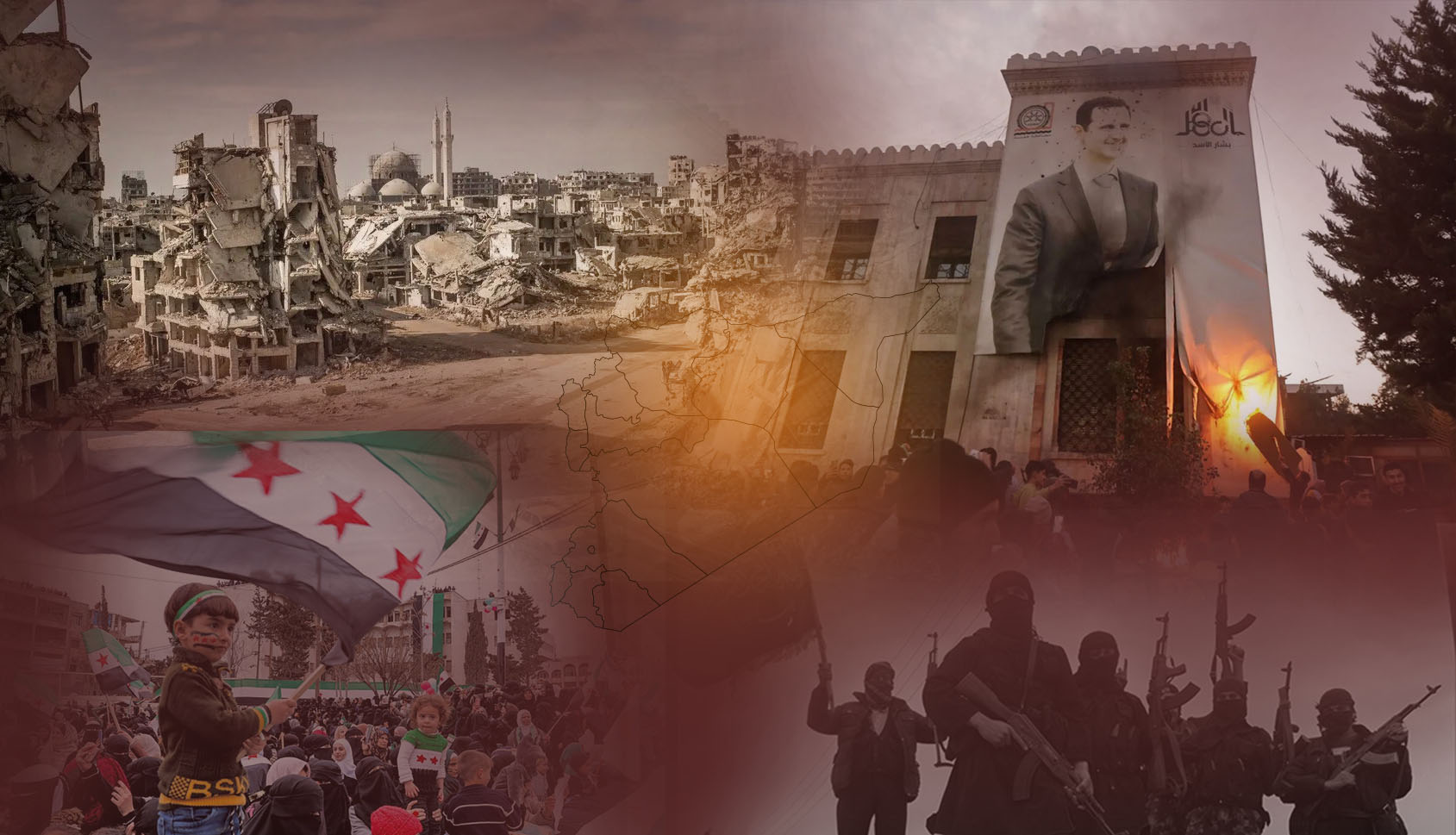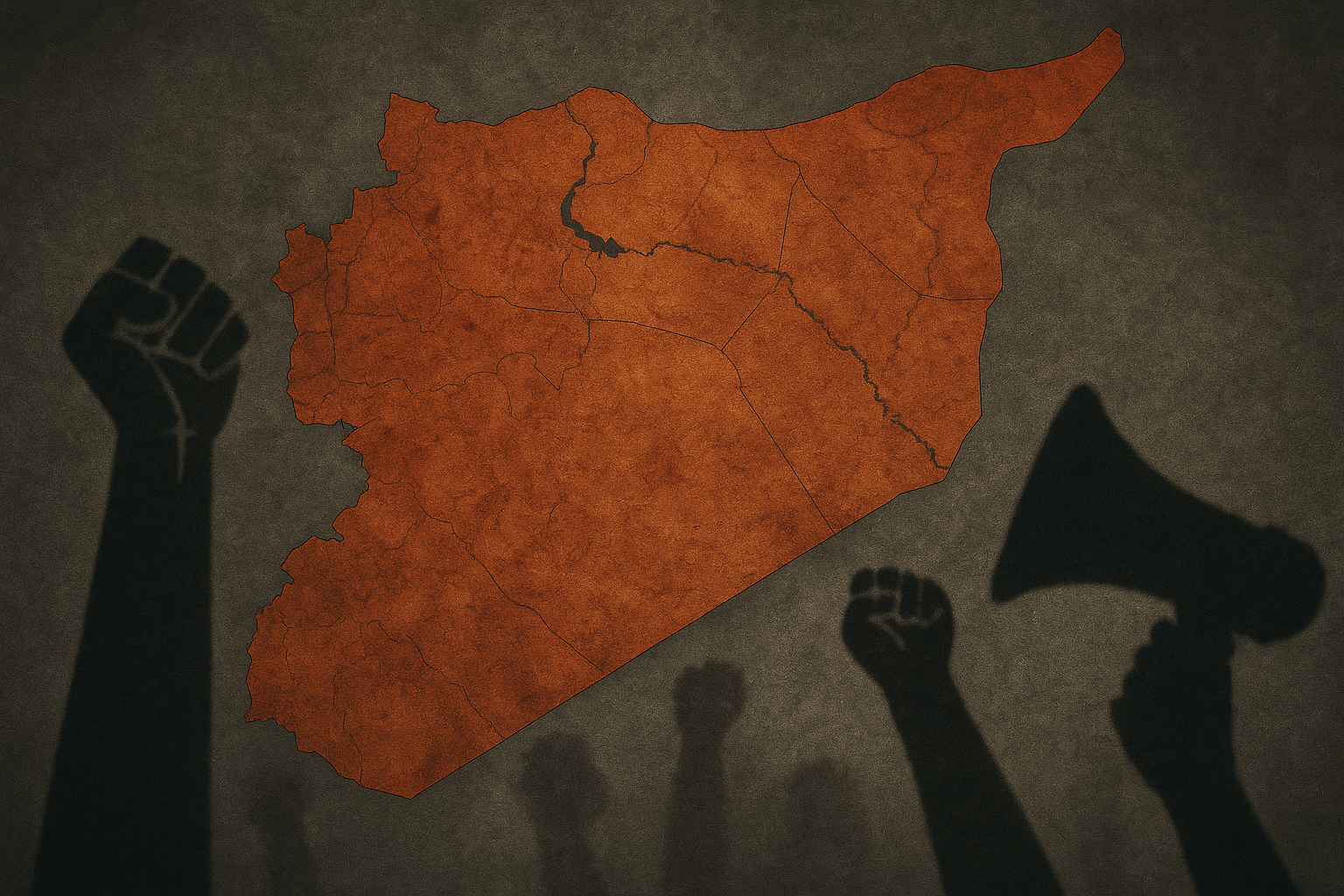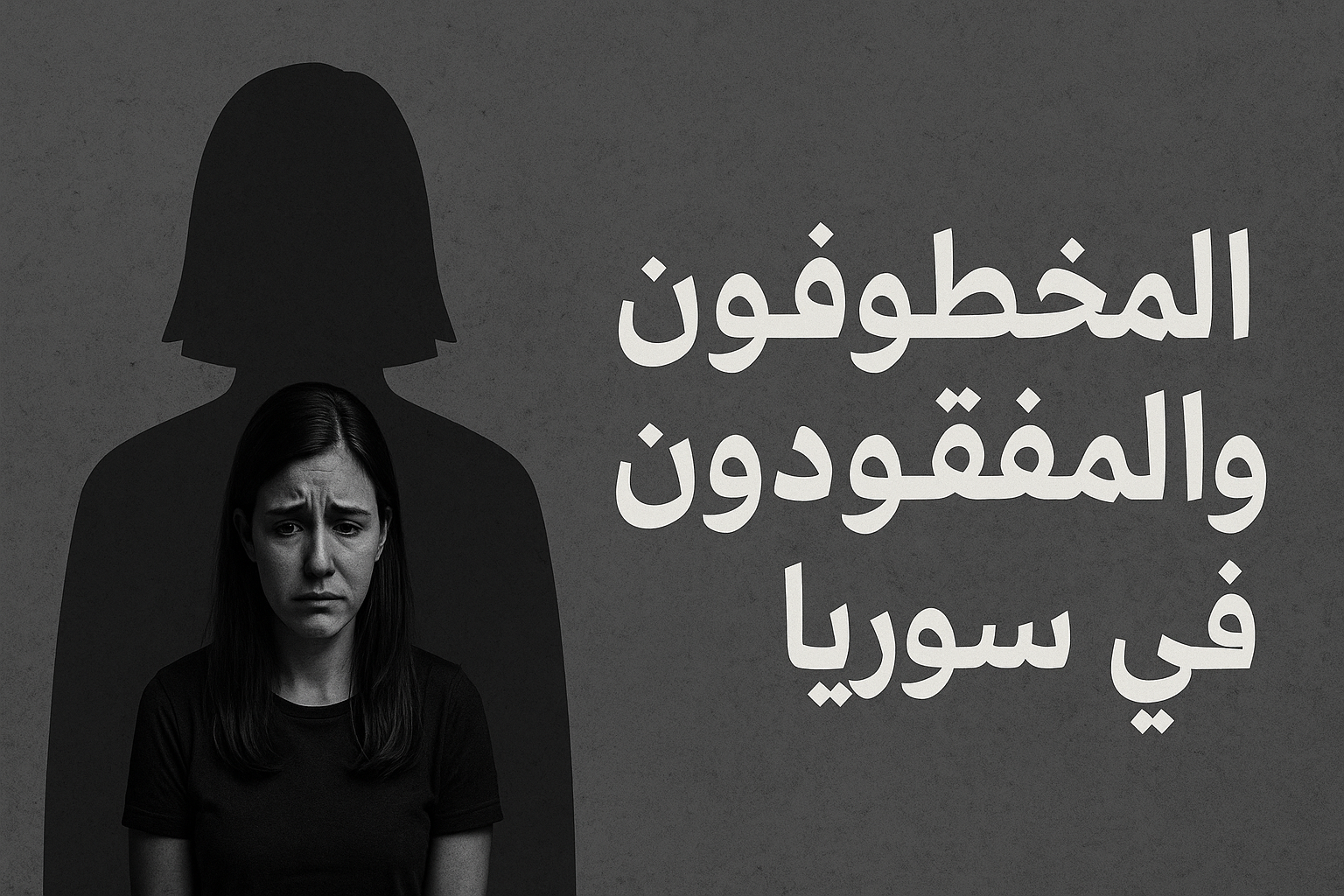The Fall of the Regime and Shifts of Control in Syria
Since the fall of the Assad regime on 8 December 2024, the country has entered an uncertain and unstable phase. Armed opposition factions, led by Hay’at Tahrir al-Sham, took control of most of the Syrian territories, beginning a new phase characterised by uncertainty and tension, especially in the coastal areas with high sectarian and social diversity.
Syria’s coastal region grows increasingly anxious after changes on the ground
In this context, the Syrian coast, which is accustomed to peaceful coexistence between its multiple sects and religions, has found itself facing an unfamiliar reality. As a major stronghold of the Alawite community, fears of reprisals or sectarian reckoning are very real. Despite the absence of large-scale direct military operations, a series of increasingly individualised incidents have emerged that have created a state of terror: Forced arrests, kidnappings, mysterious killings, mass dismissals from jobs, and clear social restrictions. These incidents were not necessarily organised, but they reinforced a general sense of targeting and vulnerability.
The recent wave of violence and the collapse of local institutions
As these tensions escalated, and with the repetition of certain attacks that sparked popular anger, some Alawite militants moved in response, attempting to dislodge forces affiliated with the Syrian authorities from certain areas, leading the region to enter a new wave of violence. Forces were mobilised from all over the country, and armed groups poured in from outside the coast, including groups with non-Syrian backgrounds, some with known affiliations and some still unknown. Surprise operations, armed confrontations, and the almost complete disappearance of institutions all increased the state of unrest, during which a large number of civilian victims fell in multiple massacres in the Sahel in the first and second weeks of March 2025. Sources indicate that the number of civilian victims who were field-executed exceeded 1,500. You can read more in this article.
Restoration of military control, but a lack of trust in the new authorities
In recent weeks, government forces have regained control of most of the coast, and authorities have also set up a truth commission to investigate the massacres on the Syrian coast and the violations committed.
However, these measures have not normalised life, and anxiety continues to dominate the public atmosphere, and trust in government forces is almost non-existent, as is trust in the fact-finding committee. Especially with daily news of new cases of violations, disappearances, kidnappings, insults, thefts and more.
Sectarian rhetoric and accelerated social disintegration threaten Syria’s fabric
At the same time, the social landscape is rapidly fracturing. Sectarian rhetoric is at its peak on social media, where hate and gloating are widely used, communities are held collectively responsible for the past, and attempts at understanding or appeasement are ruled out. On the other hand, many Alawites feel trapped between direct danger, official disregard, and indiscriminate popular hostility.
The case of kidnapped Syrian women: Mystery and Public Concern
Recently, the issue of abducted women has been at the forefront of popular discourse, with unconfirmed reports of the mysterious disappearance of more than fifty Alawite women, without any clear reactions from the official authorities. There are conflicting accounts, and popular media are racing to propose scenarios ranging from liquidation, smuggling, or political use. In the absence of any independent or impartial investigation, the truth remains in limbo, while fear deepens.
Sovereignty concerns, demands for international protection and talk of partition
In this tense climate, ideas of demanding international protection have begun to be raised publicly, and fears of partition are growing, not as a political analysis, but as a realistic possibility. Many fear that these field events are taking place according to a comprehensive plan that paves the way for the country’s disintegration, whether through an official partition or a fait accompli. Talks about the regions of the coast, the south and the northeast have been circulating among people, albeit unofficially.
Hope to save and unify Syria
Despite all these worrying indicators, hope is still possible, as other countries throughout history have managed to overcome similar phases. Any real rescue does not start with official statements or slogans, but rather with recognising that what is happening is more than just a passing chaos. Accountability, transparency, and the protection of civilians without sectarian discrimination must be the first steps. Countering hate speech starts from within, from the street, from individual, community and governmental initiatives that reject generalisations and call for the protection of human beings as human beings, not as representatives of a sect or party.
The Syrian coast, like the rest of Syria, is at a pivotal moment. Either it will become a model for a national experiment beyond the catastrophe, or it will become the beginning of a real and irreversible separation. The decision, it seems, is no longer solely in the hands of politicians.




